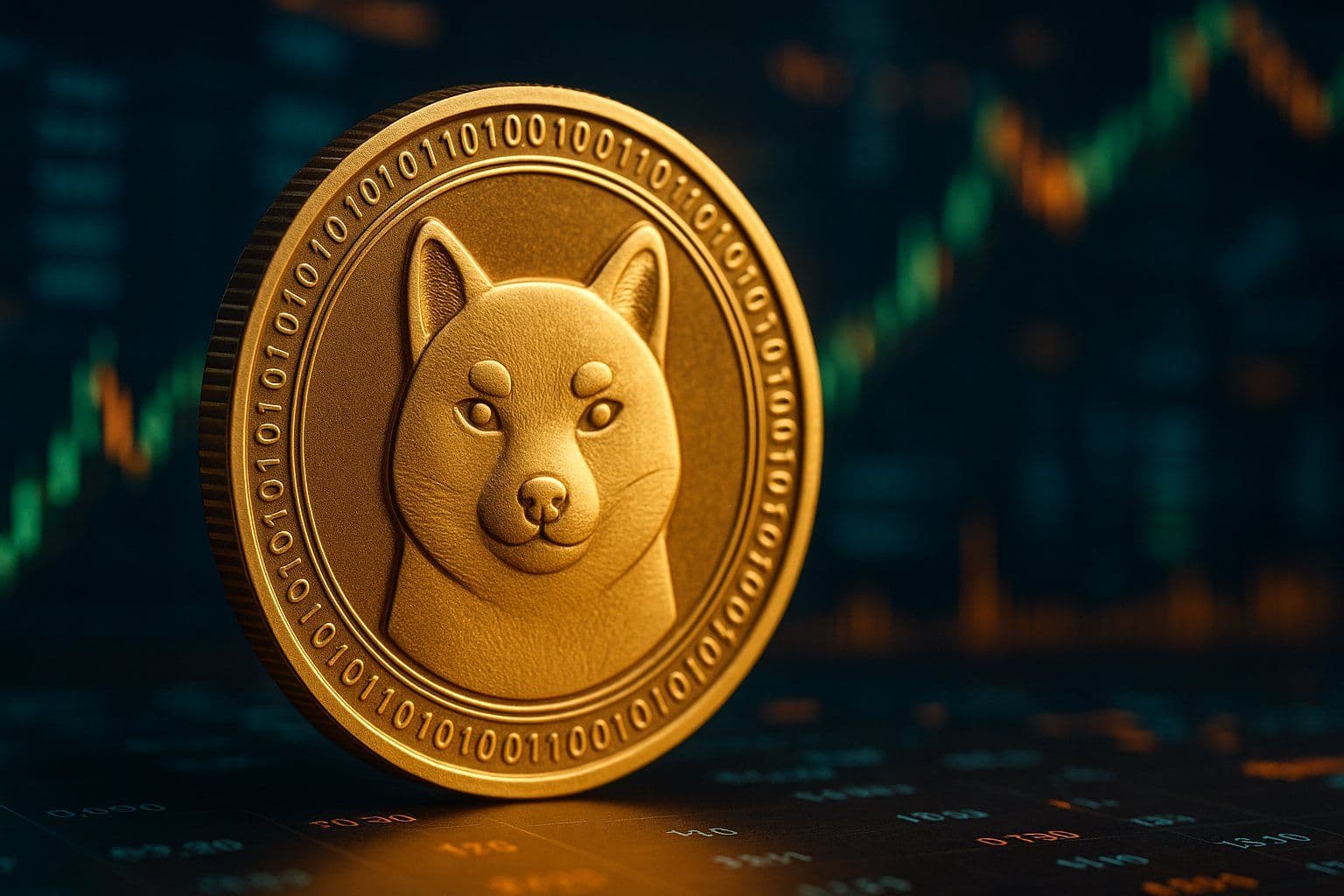Meme Coins Reborn via Institutional Channels
FLOKI, one of the most established meme tokens, has secured a major breakthrough: it is now available through a European exchange-traded product (ETP). That move has reignited market interest and reinforced the idea that meme coins are not confined to social media hype—they can enter traditional finance structures too.
The ETP launch has triggered a 16.6% price jump for FLOKI, as reported by financial outlets. This kind of institutional wrapper helps meme tokens reach a broader investor base, allowing fund managers and regulated entities to gain exposure without direct token handling.
For late-day European readers, the significance is twofold: the meme cycle is evolving, and barriers between on-chain wild markets and regulated capital are thinning.
The ETP Mechanism: Bridge Between Meme and Market
An ETP effectively functions as a wrapper over the underlying token. Investors hold shares in the product, which mirrors the performance of FLOKI, instead of owning the token itself. This structure bypasses many custody, compliance, and regulatory concerns associated with direct crypto exposure.
By packaging FLOKI into an ETP, issuers aim to attract institutional inflows and reduce friction for regulated money. It’s a strategic step: if more meme coins secure similar products in Europe or elsewhere, it could reshape how these tokens are traded and perceived.
The ETP’s introduction also tests liquidity assumptions. Meme tokens often exhibit extreme volatility and shallow order books. Translating them into financial products increases scrutiny on fund flows, arbitrage spreads, and product premiums or discounts.
Momentum, but Not Without Risks
The price surge following the ETP debut is undeniable, but history cautions against overconfidence. Meme coins are notoriously sensitive to sentiment shifts, social media trends, and speculative rotations. A single negative narrative—or regulatory tweak—could reverse momentum quickly.
Key risks to absorb:
- Premiums or discounts: ETPs may trade above or below the underlying token value, introducing basis risk.
- Liquidity catch: Meme tokens are susceptible to slippage and front-run attacks, especially as they scale into bigger products.
- Regulatory clamp limits: Meme coins entering regulated domains may face new scrutiny, especially in cross-border jurisdictions.
- Narrative fatigue: Trends fade. Meme cycles often last days to weeks unless backed by ongoing community energy or creative catalysts.
Still, the ETP move gives FLOKI a durability boost—it can appeal to both meme traders and more risk-aware capital.
What This Means for Meme Markets
FLOKI’s transition signals a broader maturation path for meme assets. If it succeeds in attracting institutional holdovers, we may see:
- More meme coins seeking ETP or ETF wrappers.
- Hybrid models: token + product pairs competing in performance.
- Stratified meme markets: hype-driven tokens vs meme coins that function as structured assets.
- Increased arbitrage activity between token markets and ETP markets.
European markets may catch on fast. The success of a single product could prompt competitors to list similar ETPs for other viral tokens such as PEPE, DOGE, or newly trending meme projects.
The narrative control also shifts. Long dominated by social platforms, meme markets may increasingly pivot to fund flows, compliance, and product mechanics as remixed signals for price.
For European Late Readers: What to Watch Tonight
- How FLOKI behaves after the initial ETP bump—does it hold gains or retreat?
- The premium/discount spread of the ETP versus spot FLOKI in real-time markets.
- Whether other meme coins announce similar wrapper plans for Europe.
- Regulatory commentary in the EU around meme tokens packaged as investment products.
FLOKI’s leap into European finance doesn’t guarantee stability, but it marks a new chapter. Meme coins aren’t just for jokes anymore—they’re testing their place in institutional finance.


Comments